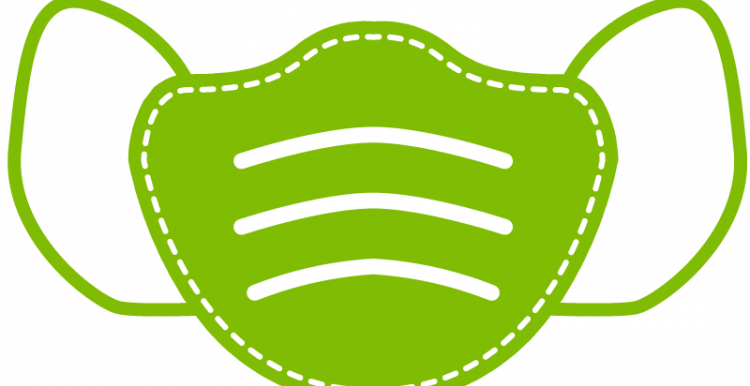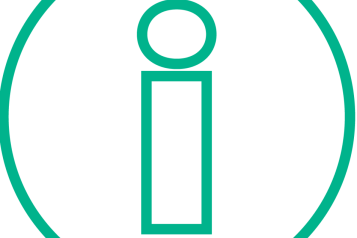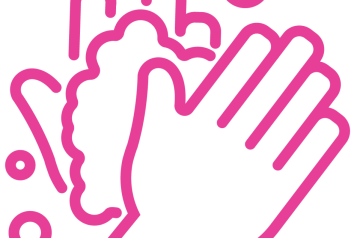Guidance for patients using ambulance patient transport services on wearing a mask

Staff and patients will be expected to continue to follow social distancing rules when visiting any care setting as well as using face coverings or masks.
Ambulance crews will also be expected to use other personal protection equipment issued by the North East Ambulance Service (NEAS).
Chief Nursing Officer for England Ruth May said: “Face coverings and social distancing measures will remain in place across healthcare settings so that the most vulnerable people can continue to safely attend hospital, their GP surgery, pharmacy or any other healthcare settings for advice, care and treatment.
“And it is important for the public to continue to play their part when visiting NHS and care settings to help protect our staff and patients, particularly those who may be more vulnerable to infections. As restrictions are lifted in many places, everyone has a part to play in helping to control COVID by getting vaccinated and acting responsibly.”
Strategic head of operations at NEAS Barry Dews added: “We are transporting many patients that are clinically vulnerable, so we must ensure strict infection prevention and control measures are followed. If patients are exempt, they must tell us in advance of their transport.”
Patients making a booking for transport who have a clinical exemption from wearing a face mask, must inform NEAS at the time of their booking and should travel on their own. This might be in a car, taxi or ambulance, based on their clinical need.
In some circumstances, where NEAS has not have been informed of a patient’s exemption and a crew arrive to collect them with other patients already on the vehicle or due to be picked up, ambulance crews are asked to contact emergency operations centre to re-allocate the exempt patient and update their patient notes.
Barry added: “This may lead to a delay in getting the exempt patient to their appointment, so we urge healthcare staff and patients to inform us of any exemption at the time of booking.”
If a patient has no clinical exemption and refuses to wear a mask, the crew must contact their team manager and emergency operations centre, who will liaise with the hospital to ask if they are willing to accept the patient without a mask.
Where the hospital refuses to accept the patient without a mask, the crew will then pass on the message that neither their transport nor the staff at the hospital will accept the patient without a mask.
BSL and audio versions of the information can be found on the NEAS website and a large print briefing can be downloaded below.

